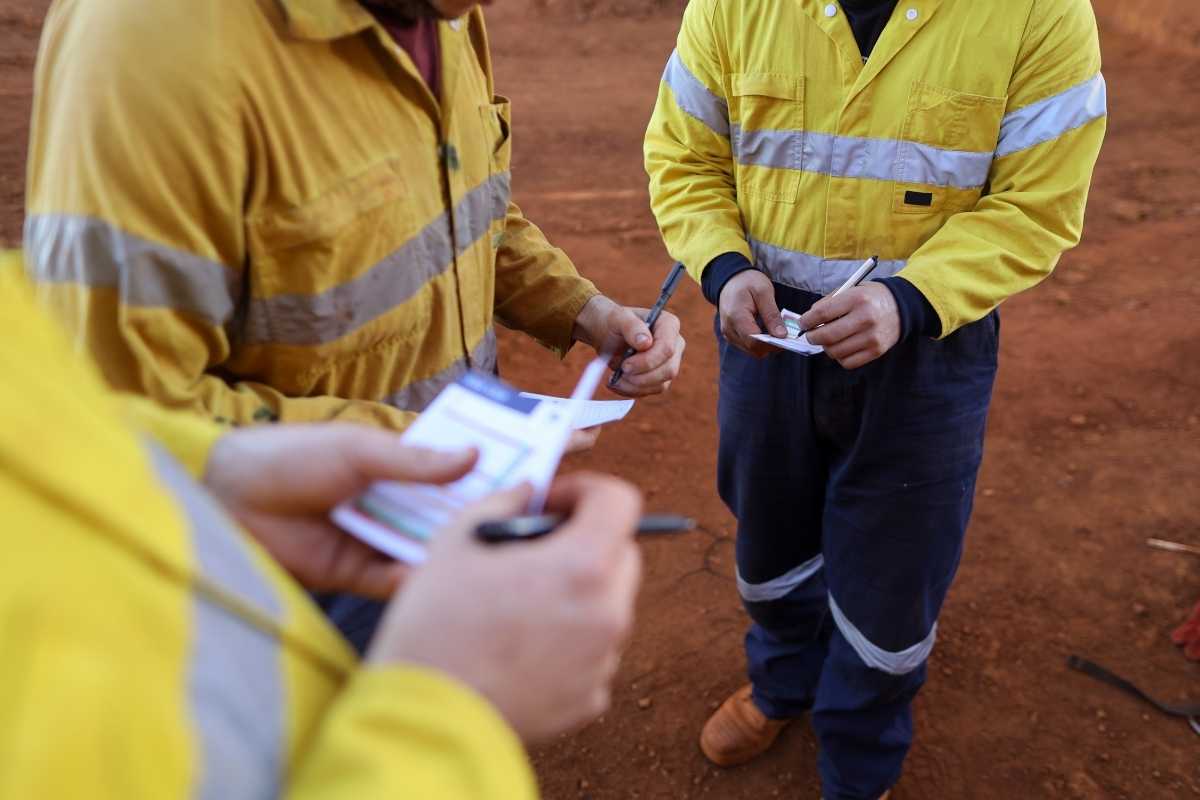There a generally three accepted risk management approaches available to business:
- Reactive
- Proactive, and
- Predictive
A robust safety management system should represent a balance of the three approaches, as each by itself will yield poor safety results, however when used in combination provide a potent tool to assure workplace safety.
Business’ who understand the difference between the different approaches and the advantages and disadvantages of each and when they are best applies can gain considerable advantages resulting in positive safety performance. This positive safety performance, using the balance of the three approaches, benefits business productivity by virtue of minimising costs associated with injury or illness and regulatory non-compliance penalties.
Having a well-balanced safety management system using these three approaches also sends a positive message to workers – that the business cares about their safety and is working actively to anticipate and prevent injuries or accidents.
The basic purpose of each approach to risk management can be best summarised below:
- Reactive: mitigate severity of safety events and threats
- Proactive: identify safety concerns before safety events happen
- Predictive: anticipate future exposure based on past performance data
Reactive approaches to risk management are often perceived as the lowest or most basic form of risk management and are generally thought to be present in business which does not have a developed safety program or lacks a culture of safety. It can be seen however, that reactive approaches to risk management have a place in all business safety management systems, including mature ones. Safety management systems lacking a reactive element leave themselves vulnerable in unpredictable or undesirable risk environments.
Reactive risk management represents the ability for safety personnel and workers to implement good safety measures without premeditation, this however requires years of experience and risk management training.
Reactive risk management strategies are best applied in the following situations:
- In new business’ who do not have the requisite safety data to practice proactive or predictive risk management
- In response to critical safety events
- In dealing with threats that suddenly arise in the operating environment
- Critical underpinning factors to support Reactive Risk Management are:
- Quality risk management training for all employees
- Strong processes regarding safety behaviour (procedures, checklists, desired safety behaviours etc)
- Good hazard and risk fluency for identifying and assessing safety
- Ability to deal with more safety events as the business learns
Proactive Risk Management is taken to the be the highest form of risk management because it generally is prevalent in more mature business’ and safety management systems, however new business’ can partially adopt proactive risk management strategies such as lead indicator monitoring.
These lead indicators include:
- Safety Audits
- Toolbox talks
- Near Misses
- Safety Training
- Behavioural audits
- Participation in safety committee
- Equipment / Plant Maintenance
- Hazard Identification and Risk Assessments
Being able to implement proactive risk management strategies generally necessitates:
- Significant amounts of safety data
- A mature safety culture, and
- The ability to monitor complex safety metrics
It is important to appreciate that proactive risk management is not simply a better version of reactive risk management, both proactive and reactive involve different activities and are complimentary to each other and useful in different situations.
Proactive risk management aims to:
- Understand safety inputs (i.e. underlying causes that lead to safety performance)
- Identify root causes before they lead to incidents
- Identify behaviours that lead to incidents and stop them before incidents happen
Proactive risk management is the responsibility of front-line employees just as much as it is safety managers, understanding the broad nature of proactive risk management is critical to establishing a robust and proactive business safety culture.
Predictive Risk Management is commonly confused with proactive risk management, however is more concerned identifying threats in hypothetical scenarios and analysing risk given a set of circumstances and anticipate needed controls. Predictive risk management is based on lagging indicators (i.e. past performance) in order to predict future performance. Predictive risk management is more extrapolative in nature and generally deals in forecasting performance in future hypothetical situations, it is however useful in creating a framework for future risk exposure and expected safety performance.
If you would like to know more or would like our assistance in the areas mentioned check us out at www.intrinsicsafety.com.au. Alternately, call us on 1300 990 336 or email us at [email protected]

Brendan Day
Chief Executive Officer
Brendan Day, based in Sydney, is a WHS and Emergency Management expert with a rich background in emergency services, including significant experience as a military firefighter, emergency responder, and emergency response manager. His career spans across both public and private sector roles, where he has developed and implemented comprehensive WHS management and Emergency Management systems. As the CEO and Principle Trainer at Intrinsic Safety, Brendan combines his military discipline with modern safety practices, offering advanced training in workplace health, fire safety, confined spaces, height safety and first aid. His qualifications, including a Diploma of Work Health and Safety, reflect his commitment to safety excellence and continuous improvement in emergency response management and safety practices.


